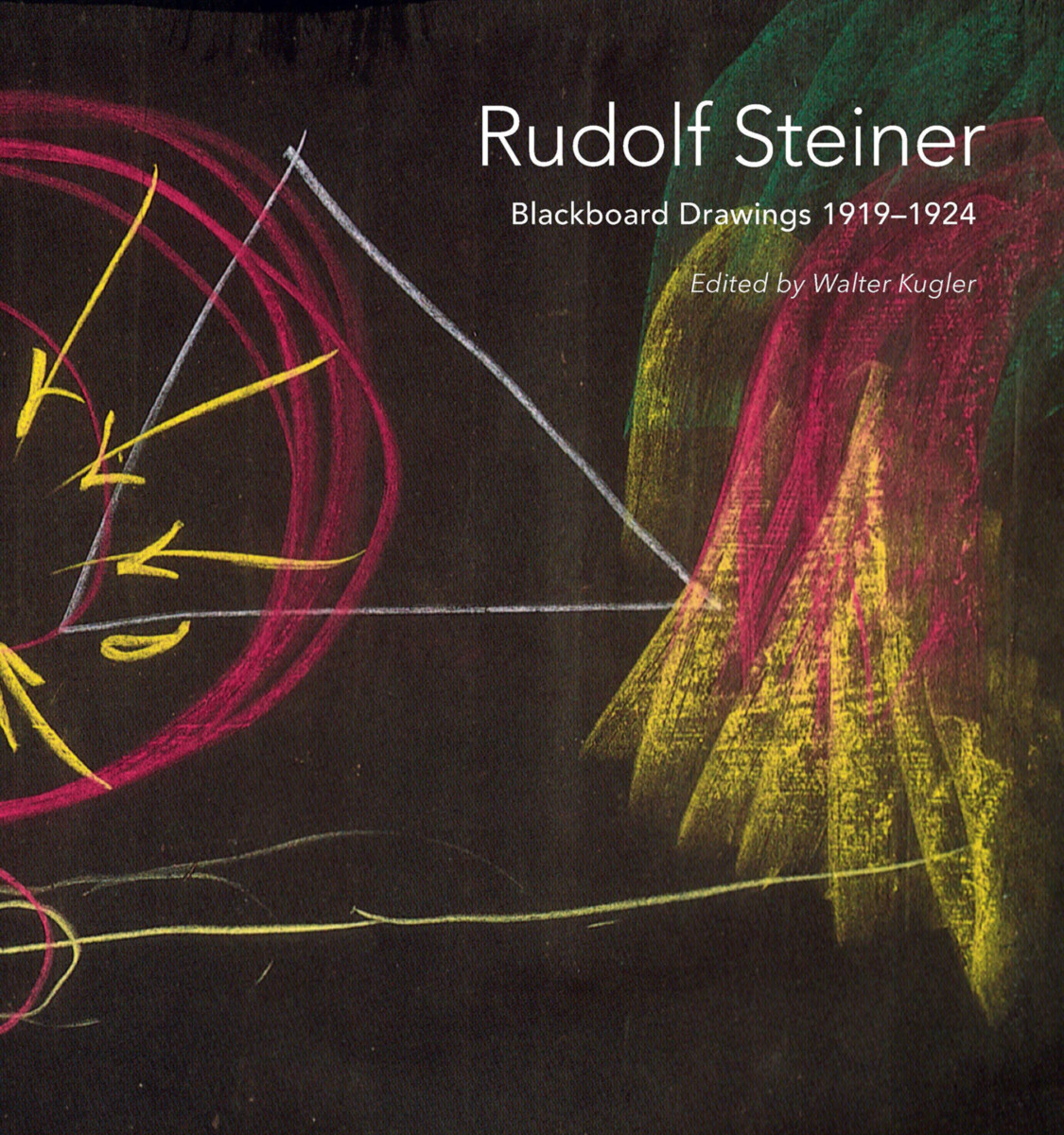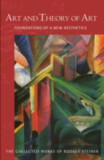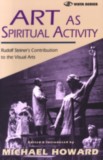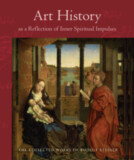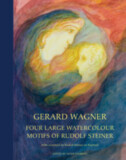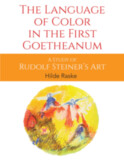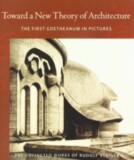Blackboard Drawings, 1919–1924
By (artist) Rudolf Steiner
Introduction by Walter Kugler
Edited by Walter Kugler
Translated by Johanna Collis
- Publisher
Rudolf Steiner Press - Published
1st July 2003 - ISBN 9781855841529
- Language English
- Pages 200 pp.
- Size 9.8" x 10.25"
“Did Rudolf Steiner dream these things? Did he dream them as they once occurred, at the beginning of all time? They are, for sure, far more astonishing than the demiurges and serpents and bulls found in other cosmogonies.” — Jorge Luis Borges
Rudolf Steiner recorded his views of the world in numerous books, as well as in more than five thousand lectures. Through his lectures in particular, he expanded his ideas on a wide range of subjects, including education, science, social issues, the arts, architecture, medicine and therapy, and agriculture.
Steiner generally spoke freely, using only minimal notes. But when explaining conceptually difficult topics, he frequently illustrated what he had to say in color, using chalk on a large blackboard. After his earlier lectures, the drawings were erased and irretrievably lost, but after autumn 1919, the blackboards were covered by heavy black paper so that the drawings could be rolled up afterward and preserved.
The trustees of Rudolf Steiner’s estate in Dornach, Switzerland, are safekeepers of a thousand such drawings, which visually document Steiner’s views of the world and his creative ways of thinking. A selection of the drawings was first shown to the public in 1992. Since then, numerous exhibitions in Europe, America, and Japan have generated significant interest in Rudolf Steiner’s views and teachings.
Includes illuminating contributions by Martina Maria Sam, Wolfgang Zumdick, and Taja Gut.
This volume was originally published in German as Wie ein Atmen im Licht. Wandtafelzeichnungen von Rudolf Steiner 1919–1924 (Like breathing in the light. Blackboard drawings by Rudolf Steiner 1919–1924), Rudolf Steiner Verlag, Dornach, Switzerland, 2003.
C O N T E N T S:
Walter Kugler:
Cosmic Poetry –
Rudolf Steiner’s Blackboard Drawings
Martina Maria Sam:
Instantaneous Production out of the Spirit –
The Blackboard Drawings as “Thought Pictures”
Wolfgang Zumdick:
Upon a Black Background –
Notes on Rudolf Steiner’s Move toward an “Artistic Science
Blackboard Drawings with Quotations from the Lectures
Taja Gut:
A Point of Intersection in Time –
Notes on Rudolf Steiner
Biographical Listings (Texts)
Exhibitions
Books
Musical Compositions Inspired by the Drawings
Extracts from Press Reviews
Rudolf Steiner
Rudolf Steiner (b. Rudolf Joseph Lorenz Steiner, 1861–1925) was born in the small village of Kraljevec, Austro-Hungarian Empire (now in Croatia), where he grew up. As a young man, he lived in Weimar and Berlin, where he became a well-published scientific, literary, and philosophical scholar, known especially for his work with Goethe’s scientific writings. Steiner termed his spiritual philosophy anthroposophy, meaning “wisdom of the human being.” As an exceptionally developed seer, he based his work on direct knowledge and perception of spiritual dimensions. He initiated a modern, universal “spiritual science” that is accessible to anyone willing to exercise clear and unbiased thinking. From his spiritual investigations, Steiner provided suggestions for the renewal of numerous activities, including education (general and for special needs), agriculture, medicine, economics, architecture, science, philosophy, Christianity, and the arts. There are currently thousands of schools, clinics, farms, and initiatives in other fields that involve practical work based on the principles Steiner developed. His many published works feature his research into the spiritual nature of human beings, the evolution of the world and humanity, and methods for personal development. He wrote some thirty books and delivered more than six thousand lectures throughout much of Europe. In 1924, Steiner founded the General Anthroposophical Society, which today has branches around the world.


